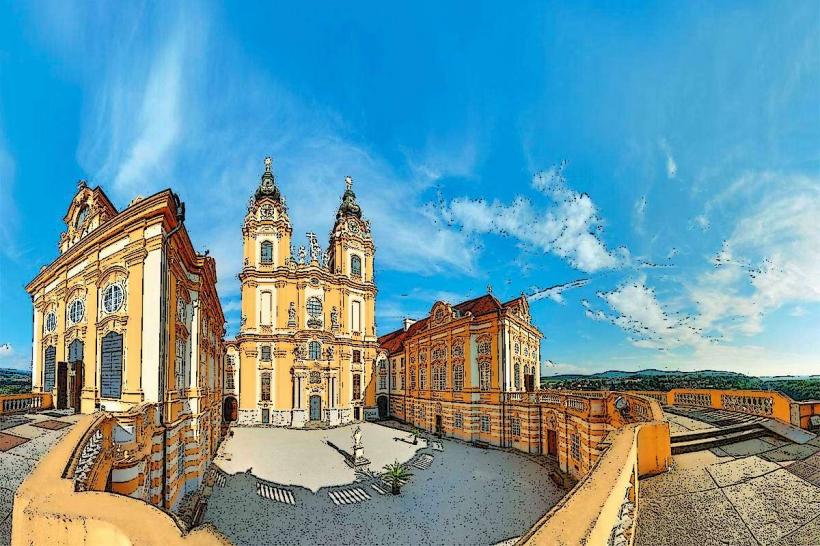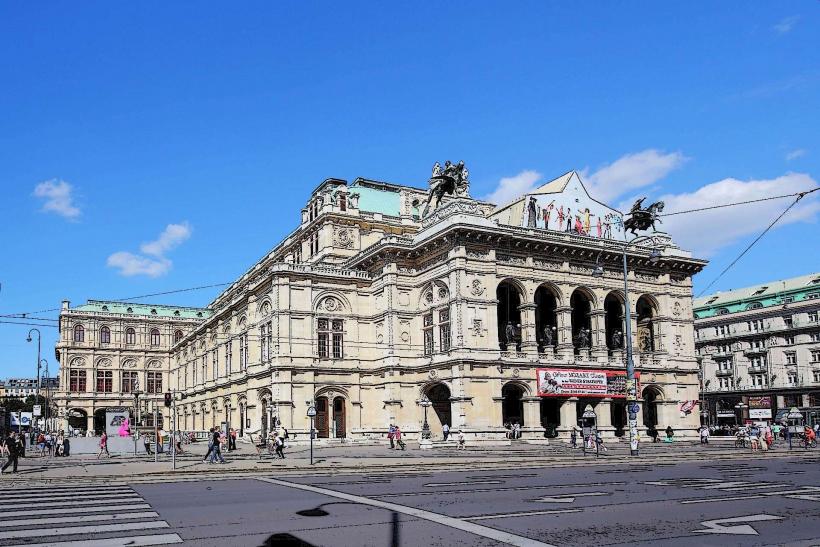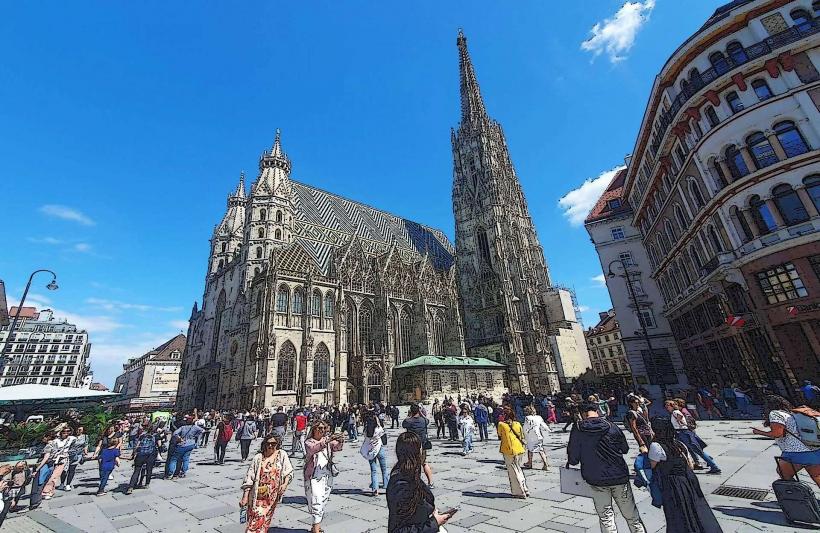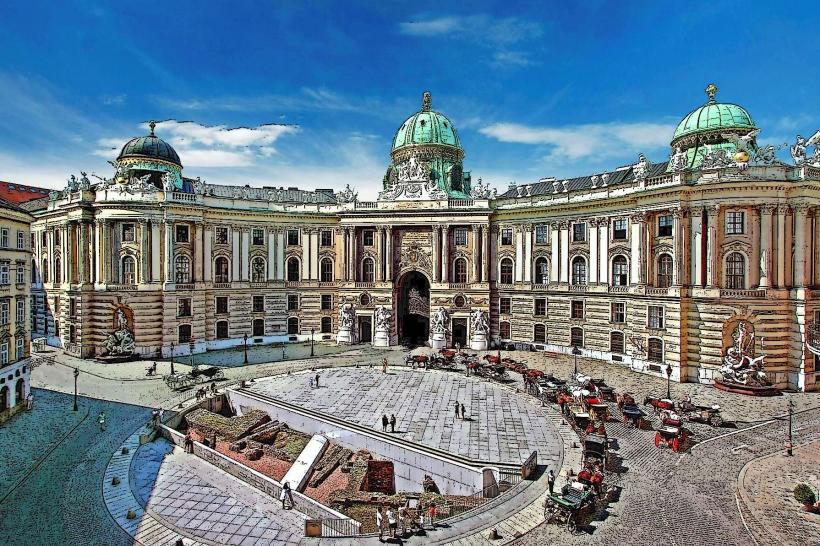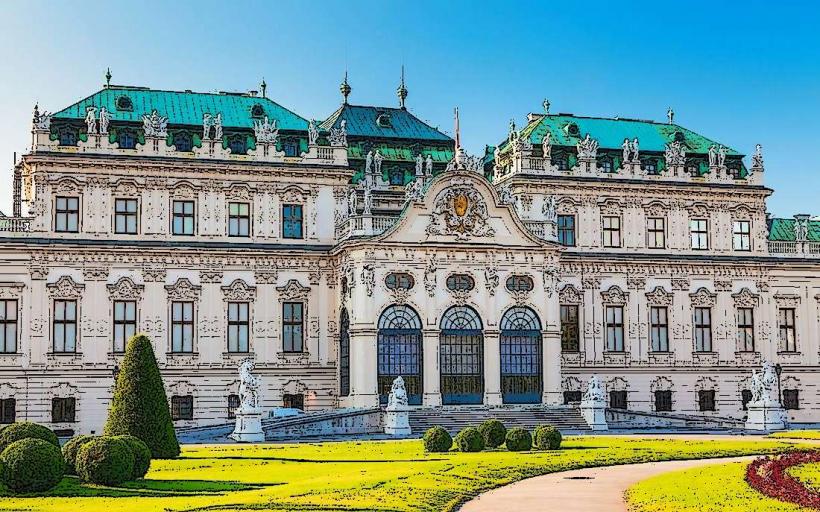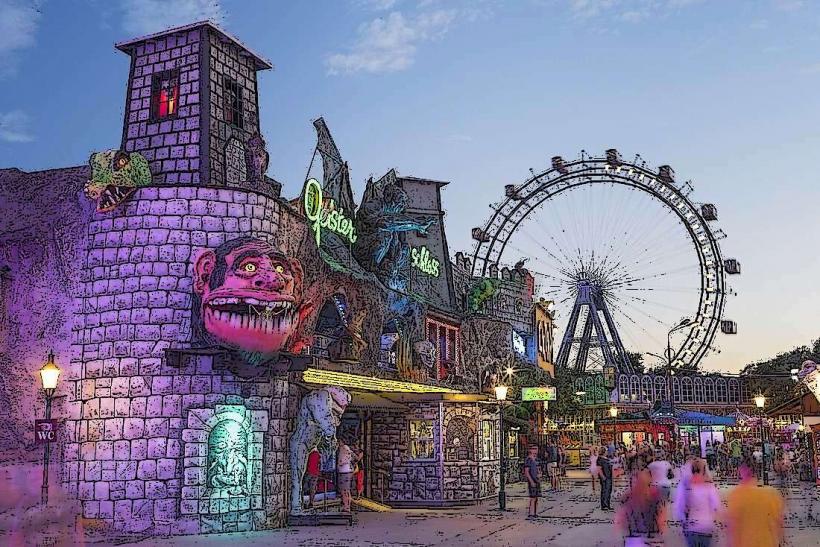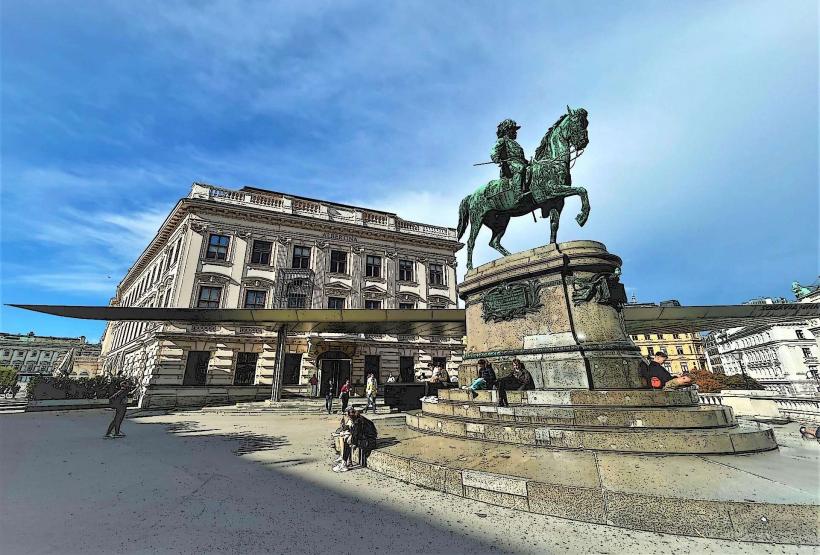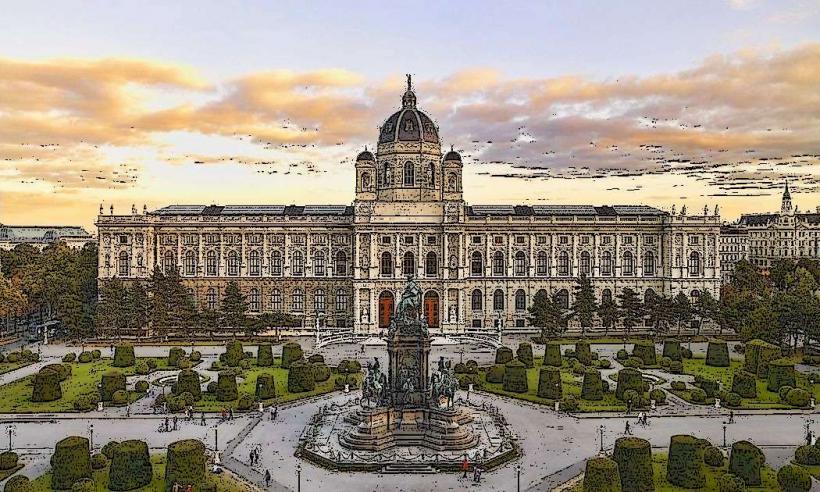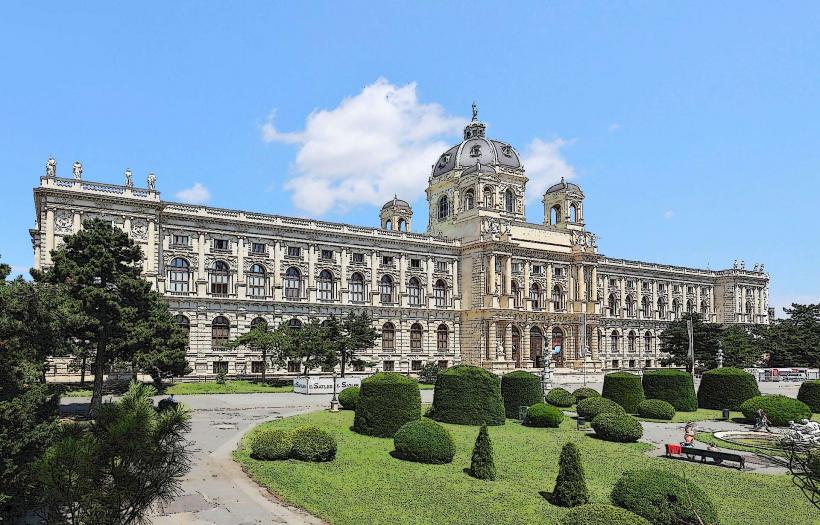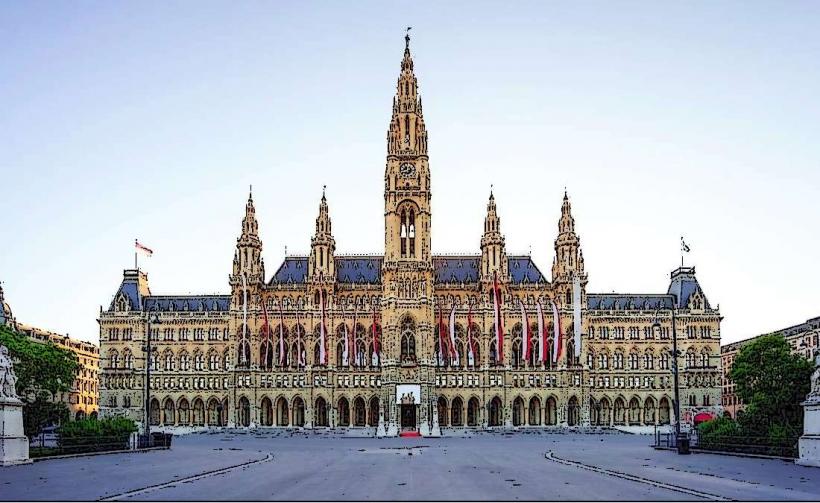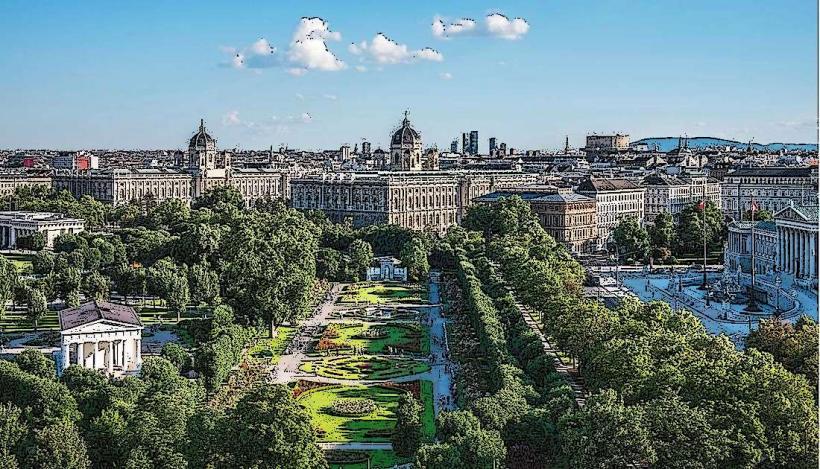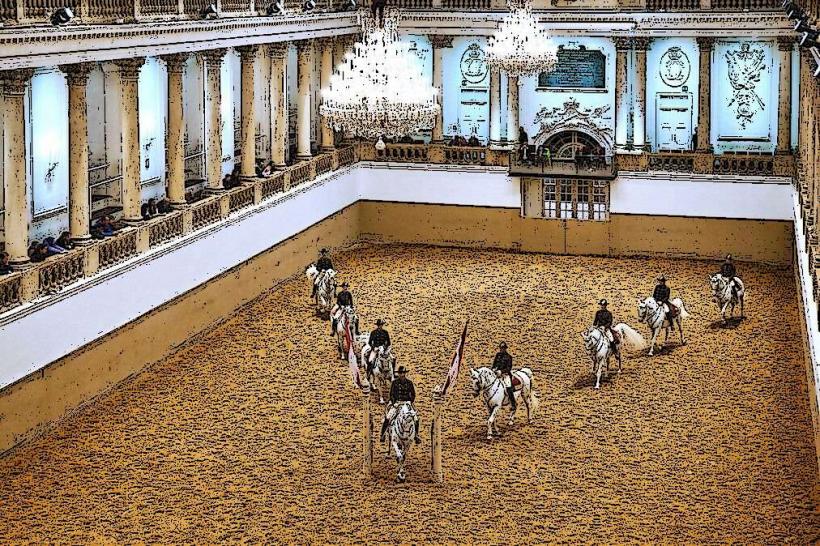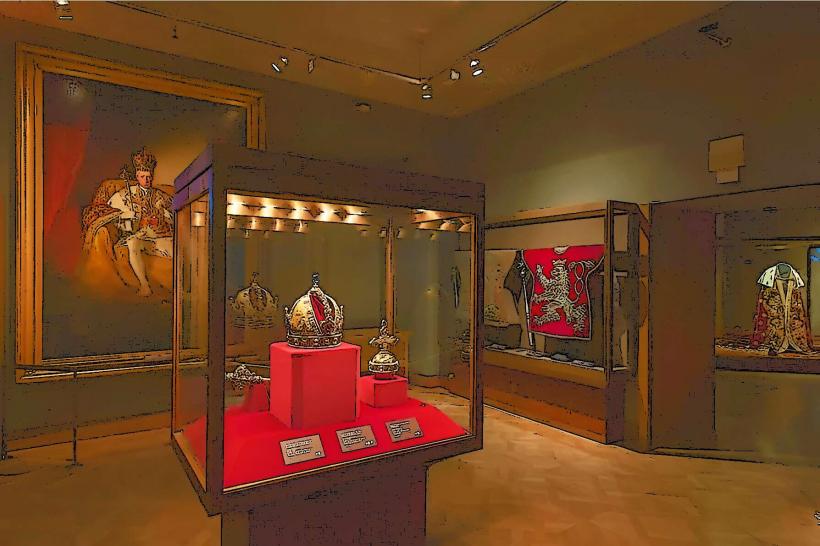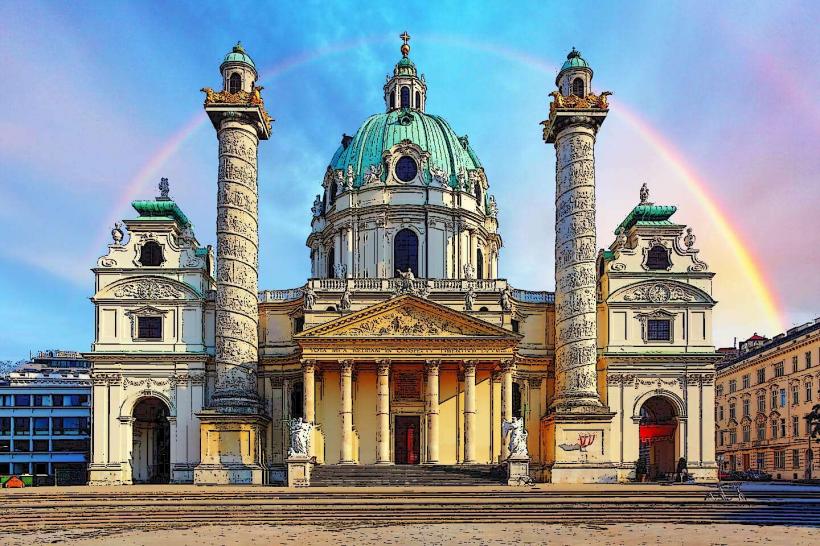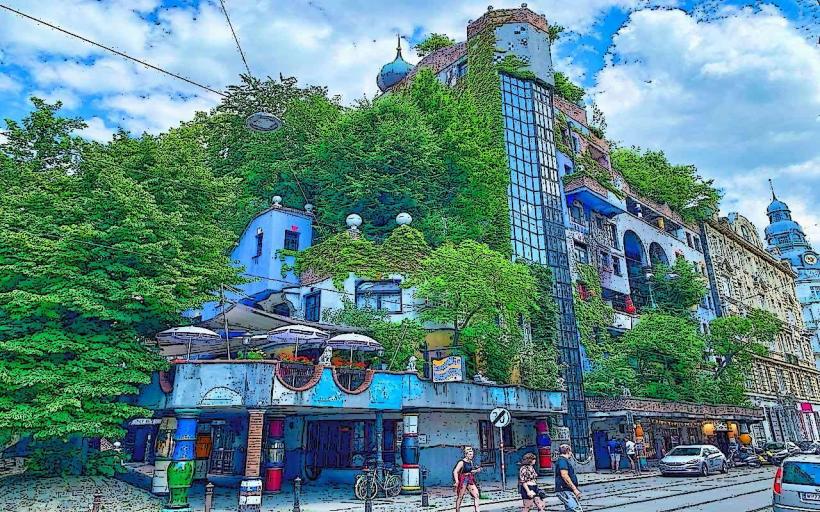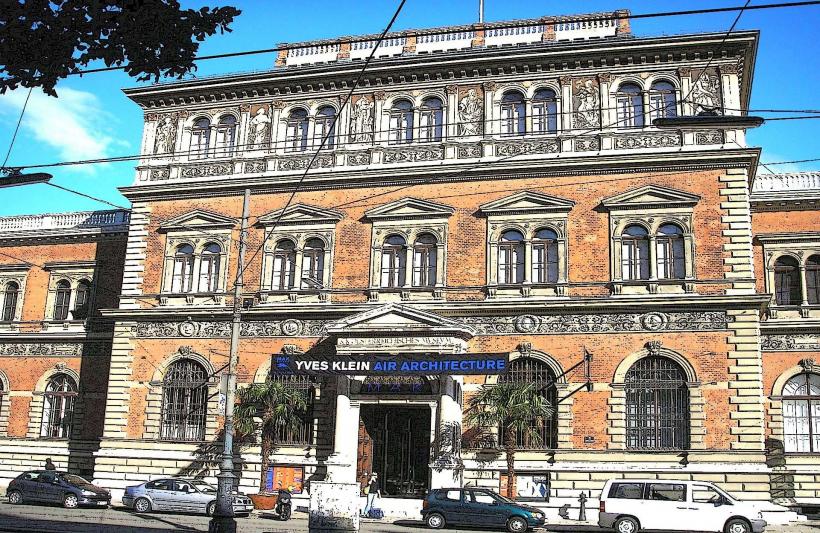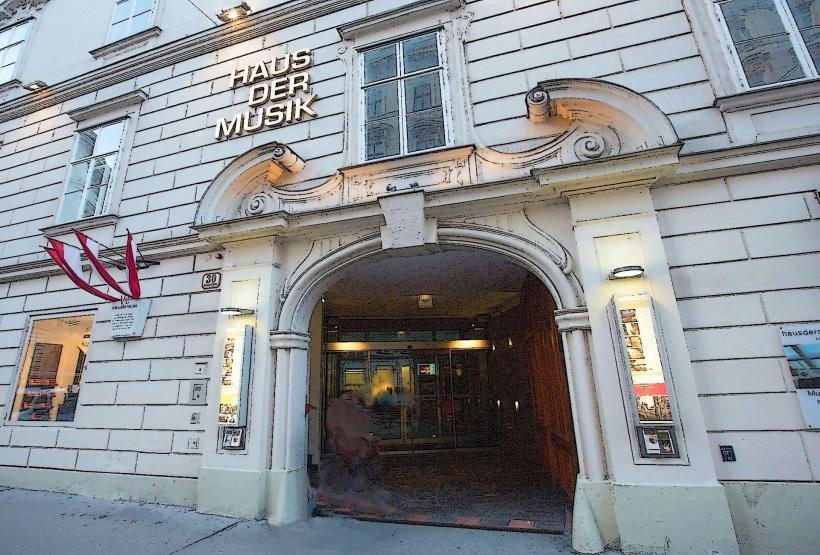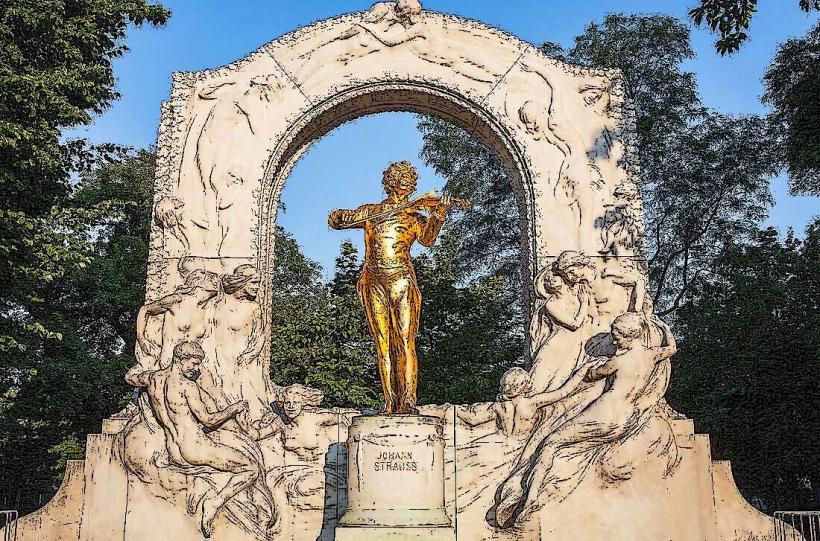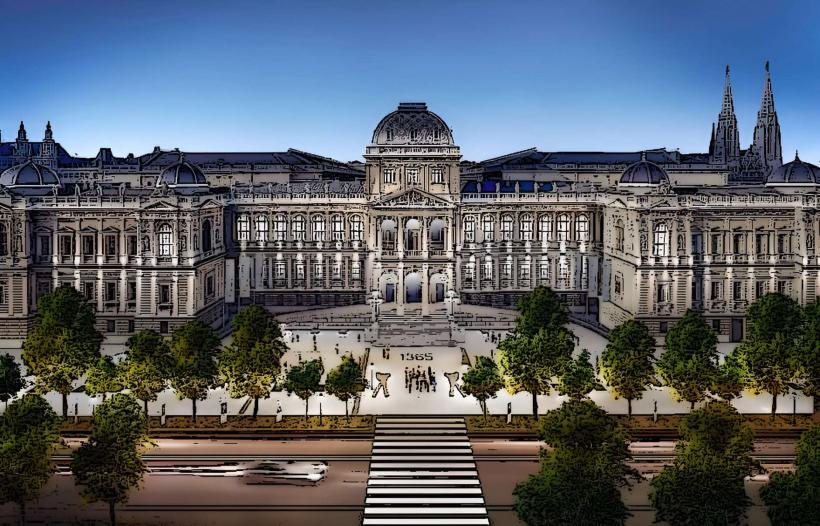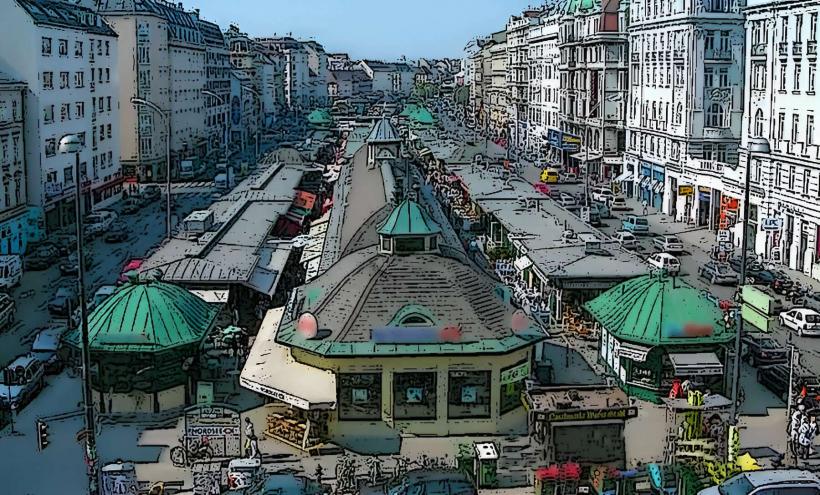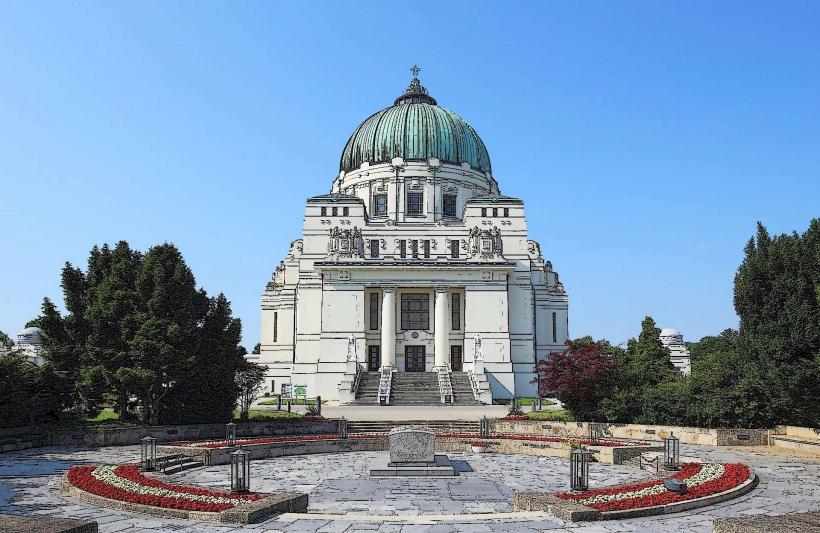Information
Landmark: Secession BuildingCity: Vienna
Country: Austria
Continent: Europe
Secession Building (Secessionsgebäude) – A Symbol of Artistic Revolution in Vienna
The Secession Building in Vienna is a stunning example of Art Nouveau (Jugendstil) architecture and a landmark of modern art. Built in 1898, it was the headquarters of the Vienna Secession, a group of avant-garde artists who sought to break away from traditional academic art. Its motto, inscribed above the entrance, "To every age its art, to art its freedom", reflects its revolutionary spirit.
Overview
- Location: Friedrichstraße 12, 1010 Vienna, Austria
- Architectural Style: Art Nouveau
- Architect: Joseph Maria Olbrich
- Inauguration: 1898
- Purpose: Exhibition hall for the Vienna Secession art movement
- Current Use: Art gallery and cultural site
Historical Background
Vienna Secession Movement:
- Founded in 1897 by artists including Gustav Klimt, Koloman Moser, and Josef Hoffmann, the Vienna Secession aimed to challenge the conservative Vienna Künstlerhaus (Artists' Association).
- The movement embraced innovation in art, architecture, and design, drawing inspiration from Symbolism, Art Nouveau, and other contemporary styles.
Building as a Manifesto:
- Designed by Joseph Maria Olbrich, the Secession Building was conceived as a physical embodiment of the group's ideals.
- It was controversial at the time due to its radical design and departure from traditional architectural styles.
Architecture and Design
The Secession Building is an iconic example of Art Nouveau, characterized by clean lines, geometric shapes, and nature-inspired motifs.
Exterior
Golden Dome (Krauthappel):
- The most recognizable feature of the building is its gilded dome, made of 3,000 interwoven laurel leaves.
- Nicknamed the "golden cabbage" by locals, it symbolizes victory, eternity, and artistic achievement.
Main Entrance:
- Flanked by three gorgons, the entrance represents architecture, painting, and sculpture.
Motto:
- The inscription "Der Zeit ihre Kunst. Der Kunst ihre Freiheit" ("To every age its art, to art its freedom") above the entrance encapsulates the movement's philosophy.
Floral Motifs:
- The façade features stucco reliefs of leaves, flowers, and vines, symbolizing nature and growth.
Clean Lines and Geometry:
- The simplicity and symmetry of the design contrast with the ornate styles of earlier eras, marking it as a precursor to modernism.
Interior
Exhibition Spaces:
- The building houses several galleries, designed to showcase the works of contemporary artists.
Beethoven Frieze:
- The Beethoven Frieze by Gustav Klimt, located in a specially designed room, is the building's most famous artwork.
- Created in 1902 for an exhibition honoring Beethoven, the frieze depicts the human quest for happiness, culminating in a celebration of love and art.
- It is a stunning example of Klimt's use of gold, symbolism, and sensual imagery.
Cultural Significance
A Break from Tradition:
- The Secession Building and its movement marked a turning point in European art, rejecting traditional academic styles in favor of modernism.
Art Nouveau Icon:
- The building is a flagship of the Art Nouveau movement, influencing architecture and design across Europe.
Platform for Innovation:
- Since its inception, the building has hosted groundbreaking exhibitions, introducing the works of artists like Klimt, Egon Schiele, and Oskar Kokoschka.
Exhibitions and Legacy
Permanent Displays:
- The Beethoven Frieze is the centerpiece of the permanent collection.
Temporary Exhibitions:
- The Secession continues to host contemporary art exhibitions, maintaining its tradition as a space for experimental and cutting-edge works.
Art and Design:
- The building’s design has inspired countless artists, architects, and designers, serving as a template for modern and contemporary art spaces.
Visiting Information
Hours:
- Typically open from 10:00 AM to 6:00 PM (check for seasonal variations).
Entry Fees:
- Admission includes access to the Beethoven Frieze and temporary exhibitions. Discounts are often available for students and seniors.
Accessibility:
- The building is mostly accessible to visitors with limited mobility, though some areas may have restrictions due to its historical design.
Getting There:
- Located near Karlsplatz (U-Bahn lines U1, U2, U4), it is easily accessible by public transport.
Tips for Visitors
Allow Time for Klimt:
- The Beethoven Frieze is a must-see. Spend time appreciating its intricate details and symbolic layers.
Explore Nearby Attractions:
- The Naschmarkt and Karlskirche (St. Charles’s Church) are within walking distance.
Photography:
- Exterior photography is allowed, but indoor restrictions may apply, especially for the Beethoven Frieze.
Guided Tours:
- Consider a guided tour to fully understand the building’s history, architecture, and artistic significance.
Conclusion
The Secession Building is more than just an architectural marvel; it is a monument to artistic freedom and innovation. Its unique design, the iconic Beethoven Frieze, and its ongoing dedication to contemporary art make it a must-visit for art enthusiasts and history buffs exploring Vienna.

